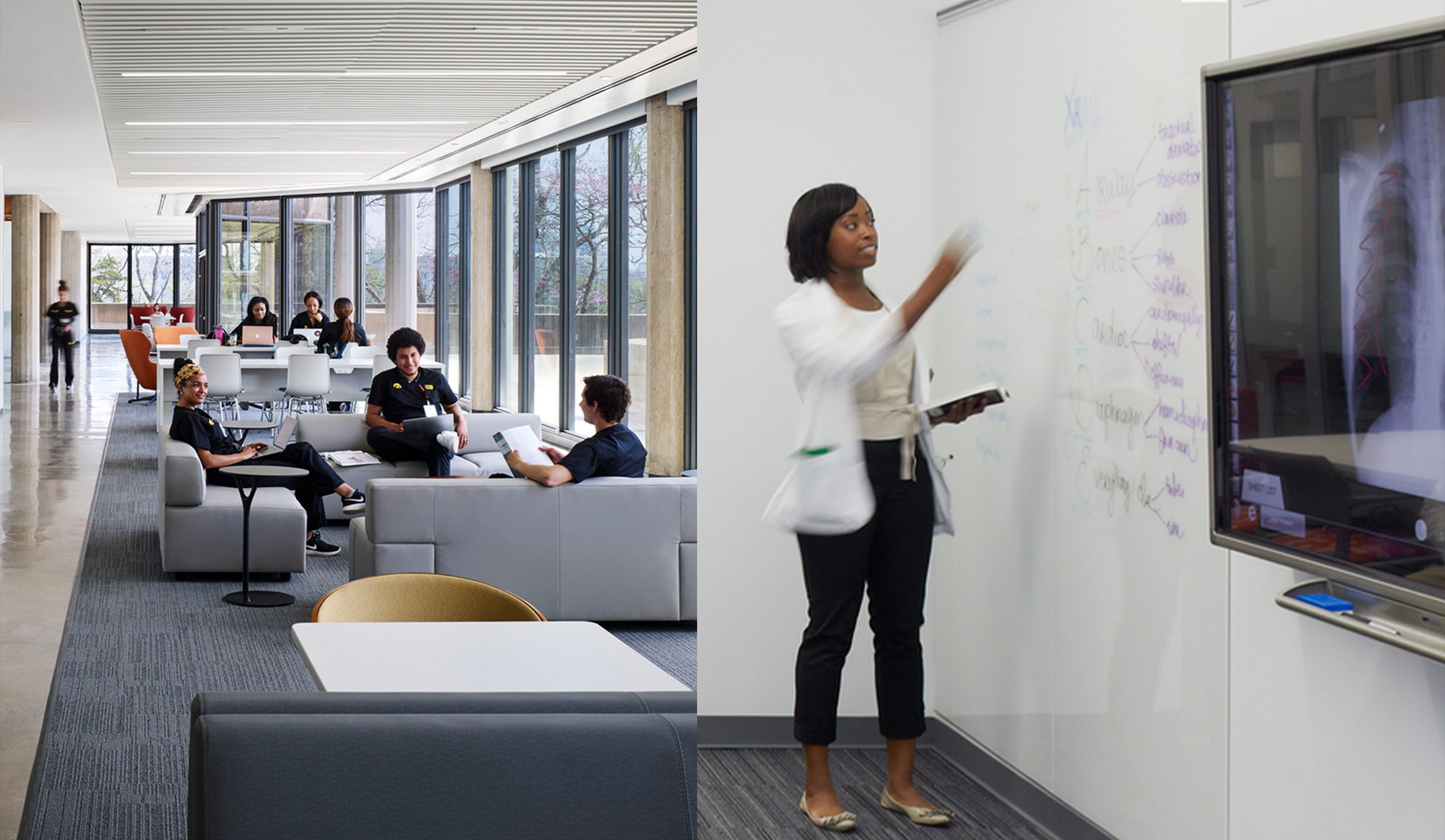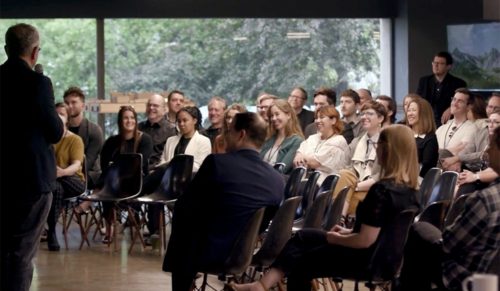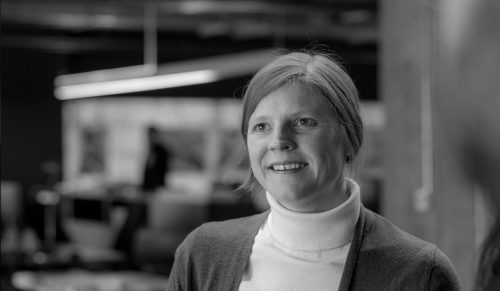Spotlight

Healthcare Design: Exploring Collective Well-Being and Future-Thinking
BNIM’s Emerging Interest in Designing for a Better World
For over three decades following the start of sustainable design movement, BNIM has been a leader in the design of built environments that realize the intrinsic connection between human nature and climate. BNIM explores this interdependence and collective well-being within each of our project types, designing to support human health through our rigorous and systematic approach to environmental health.
BNIM is actively expanding our work to encompass the healthcare sector, a field in which our practice has long sustained interest. Our practice is strongly aligned with healthcare’s commitment to enhancing the human condition through health and healing, and we recognize a significant need, now more than ever, to introduce human-purposed, sustainable solutions at the forefront of healthcare design.
Current Challenges and Opportunities
Historically, design for healthcare facilities has not adequately reflected the missions and work of care providers, often lacking in healthy and healing environments, accessibility, inclusivity, and connections to nature, all of which are fundamental to human health. This reality, met with the immense challenges in recent years to protect global health amid the pandemic, has revealed strains and the significant need for healthcare facilities that better support the healthcare system. We also know that while healthcare systems are caring for individuals affected by the negative impacts of climate change, their facilities contribute disproportionately to the problem with the healthcare sector emitting 8.5 percent of total greenhouse gas (GHG) in the U.S. as of 2018 [1].
Taking a Human-Purposed Approach
At BNIM, our process is rooted in human-purposed integrated design, a design approach through which we work as an integrated team to explore the full spectrum of human needs and layers of design of a site to create solutions that advance human health and wellness, organizational potential, and building performance. This approach will guide our design of healthcare facilities that support functionality and flexibility while prioritizing the physical and mental health, safety, and comfort of care professionals and individuals receiving care. We will also research and implement sustainable design solutions and high-performance strategies to elevate the health of both humans and our natural environment, including strategies to help reduce the healthcare sector’s overall carbon emissions.
Building on Strong Partnerships
BNIM continues to build and seek out new partnerships with our industry and community collaborators to strengthen our design approach within specialized areas of the healthcare sector. Our team recently worked with Page, to complete a study for University Health that evaluated the potential development of a new state-of-the-art 200-bed inpatient behavioral health facility in Kansas City, MO, for healing and recovery that would meet modern standards for a safe and therapeutic psychiatric treatment.
Although our work in healthcare is emerging, BNIM has a strong history in the educational realm of this field, encompassing two decades of experience collaborating with institutions across the U.S. to design health-based academic facilities focused on training and educating the future generation of healthcare professionals and innovators in patient-centered care and research. Key examples of BNIM’s experience include the Patient-Centered Care Learning Center at the University of Missouri-Columbia School of Medicine; School of Medicine Docent Renovation at the University of Missouri-Kansas City School of Medicine; Psychological and Brain Sciences Building and the College of Nursing Building Modifications at the University of Iowa; School of Nursing and Student Community Center at the University of Texas Health Science Center at Houston; and a Medical Education and Biomedical Library Study at University of California-Los Angeles School of Medicine.
BNIM looks forward to continuing to grow our work, provide expertise, and develop successful partnerships to innovate and elevate the future of healthcare design with a focus on healing for people and planet.

